In an effort to be transparent with our valued customers, we wanted to offer a place for customers to ask our president questions about RAMP skis, snowboards, and coming soon—longboards. If you have a question for Mike that you want addressed in his weekly blog, please email [email protected] and include "Ask Mike" in the subject line.
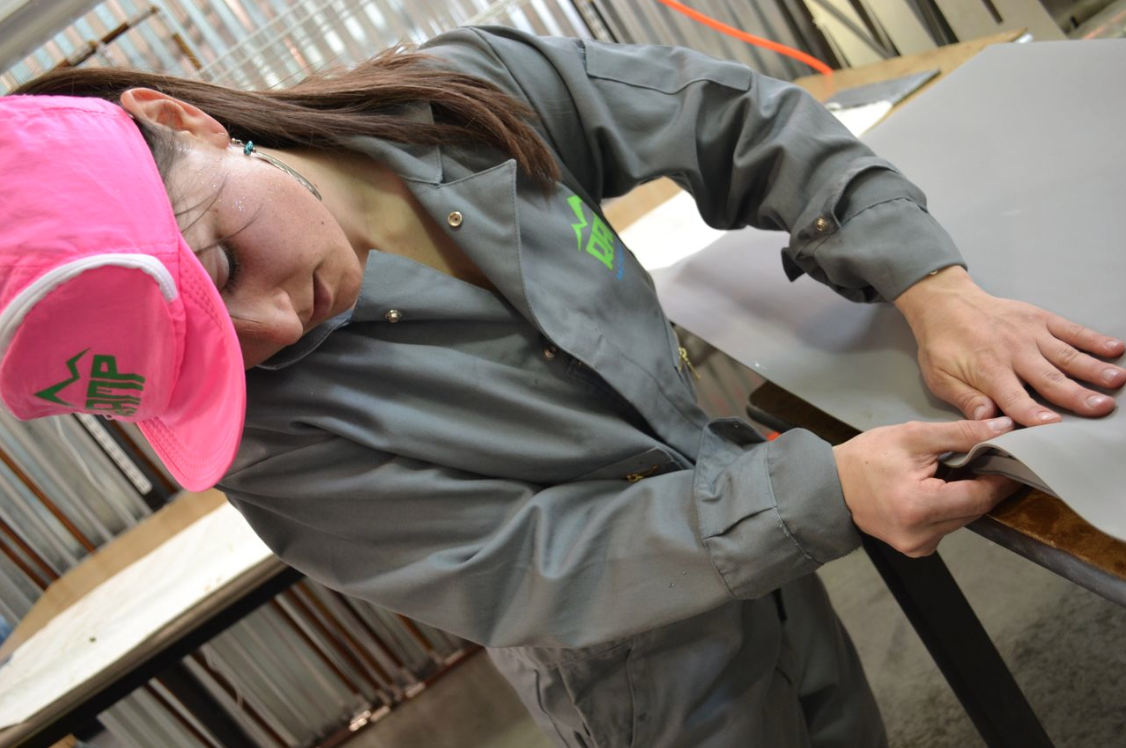
Hi friends of RAMP,
I get asked all the time about our vacuum molding process whenever I'm on the road or at an event. I'm sure it's because we really talk a lot about the fact that our factory is so different from any other. The industry has molded skis and snowboards with presses since the beginning. The layers are put together in a mold that has the ski or board shape carved into it, then the metal top is put on the mold, and the mold is placed on a camber plate carved out of thick metal. This camber plate is the negative shape of the camber of a ski or board. The tooling on this is incredibly expensive; it can be $25,000 for a model per size. This is then put into the press where about 4 atmospheres of pressure is used to compress all of the materials into the desired shape. By using this process, you get big inconsistencies in pressure along the ski or board. If there is any inconsistency in the thickness of any material, the pressure varies. Fiberglass, Kevlar, and carbon layers are not generally consistent in thickness everywhere as they are woven cloth. When you closely inspect press molded skis and put them base to base and squeeze at the binding marks you'll see small gaps, sometimes big ones in the front and back parts of the ski. This isn't good as the line of the ski in a turn is then irregular. Also this very high pressure squeezes much of the resin out of the mold, which weakens the structure.
While the ski industry still uses presses, the rest of the composite molding world has moved to vacuum type processes. In aerospace or boat building or about all other industries that mold composites, they realize the benefits of the much more consistent pressure you get in a vacuum bag. The vacuum bag also doesn't really care how thick or thin materials are, the pressure is going to be the same everywhere in the bag. This allows any structure, any material thickness, and the pressure to be consistent all along the entire length. It also only uses 1 atmosphere of pressure so more resin is left in the structure, which gives more strength and adhesion. The most amazing thing from my viewpoint is we get perfect camber and a perfect line on the ski naturally. We don't need to use a camber plate. When we close the vacuum bag and squeeze the materials together the mold is flat from contact point to contact point. We put the bag in the oven and the various materials start to expand from the heat. They expand at different rates depending what they are. The resin hardens while the materials are all in this expanded state. After the resin is cured, we remove the ski or board from the mold and bag. When the materials cool they shrink to their normal shape and we are left with a perfect line and camber. This leaves the materials in their natural state versus in a press where they are squashed into a shape. This makes the ski or board feel like it has a bigger sweet spot. This means if you are skiing or riding and get a bit forward or back, you still feel like you're on the good part of the ski or board.
Combine this with our patent pending sidecut invention where we can change the shape or width or radius of a ski or board without needing to make a new mold, and we have the most flexible process in the industry. We can make any shape or structure and test it easily and quickly. This leads to a lot of creativity. And then as a result, we get great product that has superior durability.
Thanks for listening. Let me know your thoughts. Comment below or email me questions ([email protected]). Be back next week.
Mike Kilchenstein, CESnow

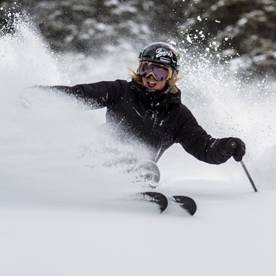
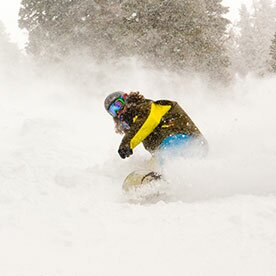
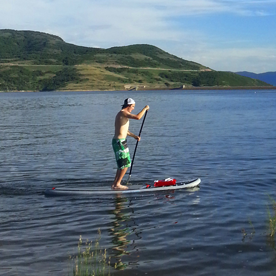
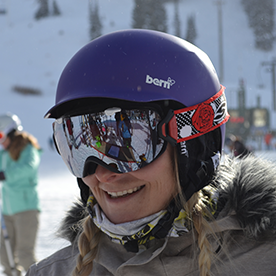


Susan
posted on Tuesday, May 20, 2014 10:01:28 AM America/Denver